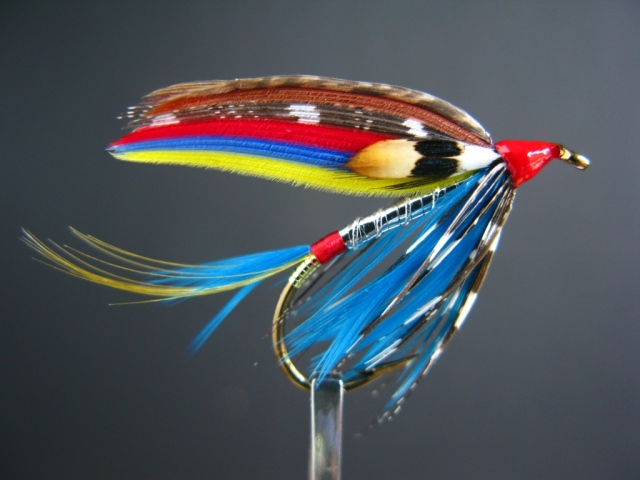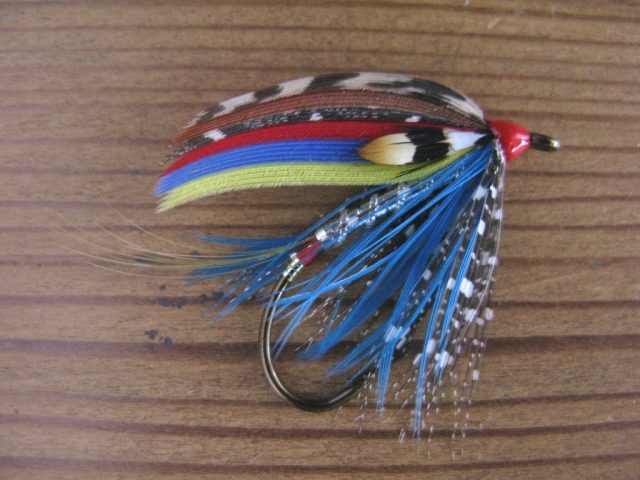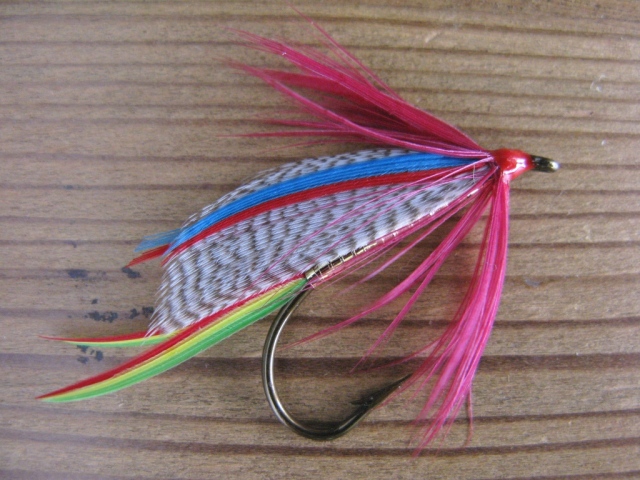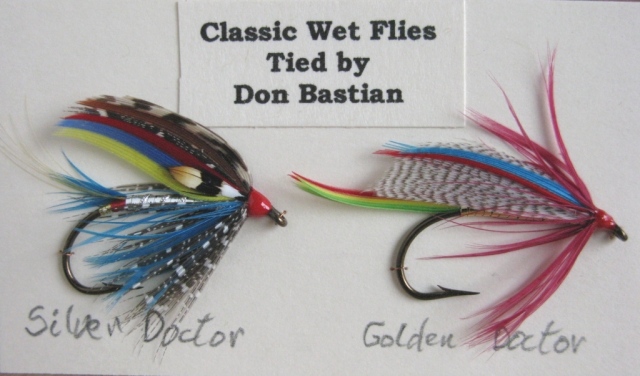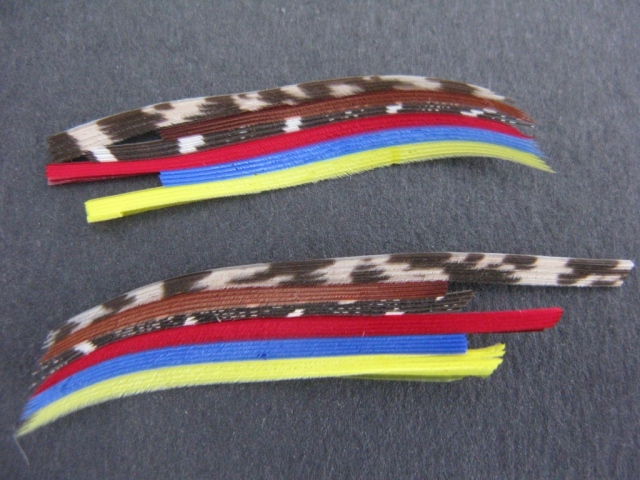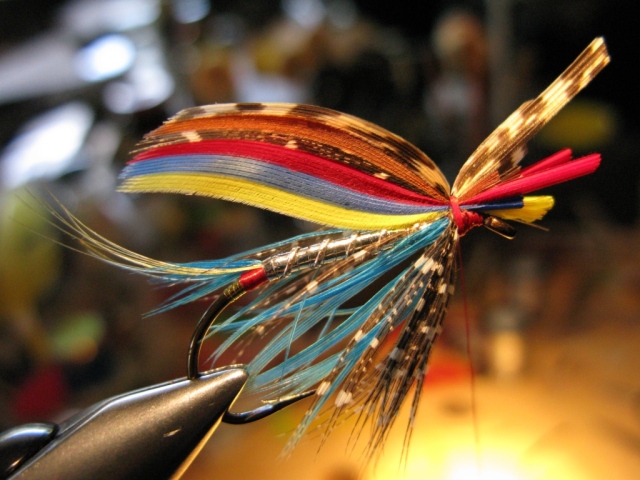This is the title of my upcoming book, the one that was originally announced here on my blog in November 2011. It was then shared by Fly Tyer Magazine Forum Moderator, David MacConnell, or “D Mac” as he was known. David and I had become friends, and he was frequently sharing my blog posts about streamers to the Fly Tyer Forums page. But he sadly passed away in October of 2013. Here is a link to that book announcement:
http://forums.flytyer.com/forum/36-books-videos/15322-new-book-announcement-from-don-bastian#15322
I will write more below on the book, to update a few things, and the contributing tiers list has changed. Several of the names on the 2011 Fly Tyer Forum list are no longer contributors, and new ones have been added.
The original title was “The Favorite Flies of Mary Orvis Marbury” but that was changed after a year to “Favorite Fishing Flies – 1892.” The reason I did that was because I felt my original title gave too much credit to Marbury, and folks might get the idea, as they clearly have with the phrase, “Ray Bergman wet flies,” that she originated these flies. That is not the case in either instance. I get questions about “Bergman wet flies,” or I read the phrase, “Bergman-style wet flies,” and there is really nothing to that, other than the fact that his book “Trout” – 1938, presented the largest collection of illustrated fishing flies that had ever been published, four-hundred forty wet flies in all. Bergman was modest as a fly tying teacher, and his section on tying wet flies in his book takes up barely three pages. He tied in the popular style of the time. The illustrations indicate that he used “closed wing style” as did nearly all the flies on Marbury’s book, but that he tied tip-up, whereas the patterns in Marbury’s book are nearly all tied tip-down. Bergman tied and fished popular wet flies and personal favorites. As far as “Bergman original wet fly patterns” there is only one wet fly pattern he originated, out of the nearly 500 different patterns that were mentioned in his three books and the second edition of “Trout,” 1952, and that is the Quebec. Bergman originated nearly thirty dry fly patterns; fishing on top was his favorite method.
“Favorite Fishing Flies – 1892” will be a book containing individual photos of reproductions of all 292 flies from Mary Orvis Marbury’s book, “Favorite Flies and Their Histories,” 1892. These flies are tied by myself and twenty-some contributing tiers from the United States and Canada. Most of you know that my book project had been delayed for various reasons, but it is certainly not dead. Lack of support and zero response from the publisher for over a year-and-a-half is the reason. On the other hand, the delay has had the exceptional benefit in that I have been able to obtain valuable information on the actual tying procedures for these historic, classic flies of our fly fishing heritage. There will be step-by-step photos and tying instructions for all of the classifications of these flies except Salmon Flies. I am not qualified, nor is there a need to write any “how-to” on a topic where a plethora of information already exists. I have also been discovering additional patterns that will be included. I am including additional patterns on the 1893 Orvis Display from the Museum that are not in Marbury’s book.
I am in negotiations with a new publisher, and I will say more than one publisher is being considered. As soon as this is finalized I will let everyone know.
These old flies were made with silk and cotton thread, using the “reverse-wing” method to secure the wing to the hook. This also accounts for the “fat bodies” on the large Lake Flies, Bass Flies, and bigger trout flies. This was the result of the butt ends of the wings being lashed to the hook shank at the start of the fly construction, and then wrapped over with the thread and body materials as the fly was completed.
At the Fly Fishing Show in Somerset, New Jersey, over this past weekend, I had a conversation with Catherine Comar, the Executive Director of the American Museum of Fly Fishing in Manchester, Vermont. I visited the Museum two times in 2012 and again in 2013 to photograph the original fly plates from which the paintings were made to present artist renderings in Marbury’s book as colorful lithographs. I had some concerns about how this would come about, since I have photos of each fly plate, save for Plate Z which no longer is part of the collection. This will be the real gem of my book: my conversation with Catherine worked out a how full page photographs of all 31 of the 120-plus years old flies that were published in Marbury’s book, the lion’s share of which were never given recipes for, will be included in my book.
J. Edson Leonard, in his fine book, “Flies” 1950, made an effort to present the pattern recipes. But since I have seen, personally inspected, photographed, and studied both the original flies and the macro images I made from each plate of every single fly from the original plates from which the Marbury book flies were made, I have discovered that many of the components previously published in both “Flies” and “Forgotten Flies” are incorrect. These material errors run from one to as many as six different items on one fly! My close scrutiny of these patterns will present a high degree of material component accuracy. I am very modest as a rule, but I will state that I am excited about publishing the exact recipes for these historic flies. I will make every effort through my editing process to ascertain the details and hopefully have few errors in the finished product. I am also excited about the fact that my book will contain fly patterns from the 1893 Orvis Display that have never been published anywhere, not that I can find.
Now regarding that post on the Fly Tyer Forum from 2011, I already described the title change and my reasons for doing so. Additionally, these tiers named there are no longer contributors: Dave Benoit, Mike Martinek, Jr., Stanley Miller, and Sharon Wright. Since then I have added John Hoffmann from Ontario, and Peggy Brenner from New Hampshire. This article and comments have been edited on February 2nd, and all I will say is the “As The World Turns” elements of the article and comments have been removed. Recent developments have made this choice very easy, besides being the right and gentlemanly thing to do.
I still need to photograph the flies from my contributors, I have a few flies to tie myself, and a couple chapters to write. Once at the publishers, “Favorite Fishing Flies – 1892” will not be far off.
Thank you all for your support and understanding.














